Sandy slams Cuba; ‘high impact’ likely in US Northeast

Hurricane Sandy grew into a major potential threat to the Northeast on Thursday after hammering Cuba’s second-largest city and taking aim at the Bahamas. It is likely to hit during a full moon when tides are near their highest, increasing coastal flooding potential, NOAA forecasts warn.
Sand mining: The High Volume – Low Value Paradox
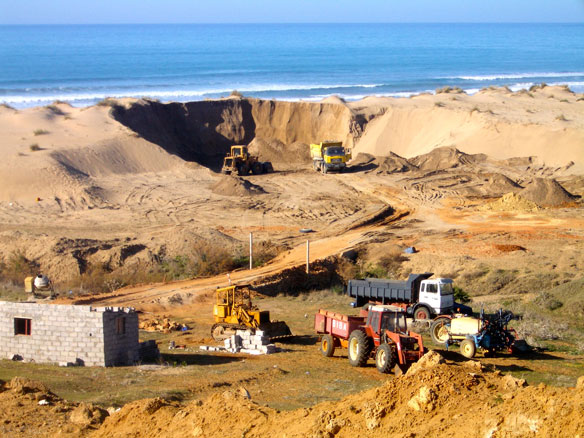
Given the rapid rate of urbanization and the current rate of extraction of sand for construction, and the silent devastation left behind in its wake, the modern process of assigning value, economic or otherwise to this resource seems sadly inchoate and needs to be re-evaluated… By Kiran Pereira.
Newspaper Editor Charged For Sand Mining
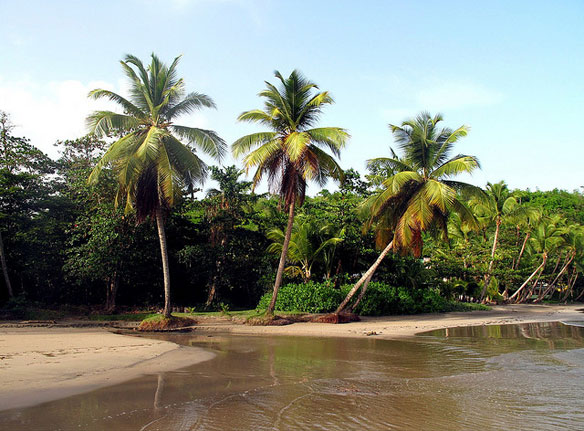
A Grenadian Newspaper editor, who has used his newspaper to expose what he sees as corruption in Grenada, has been arrested and charged for illegally extracting sand from the beaches…
Jamaica’s Beaches in peril
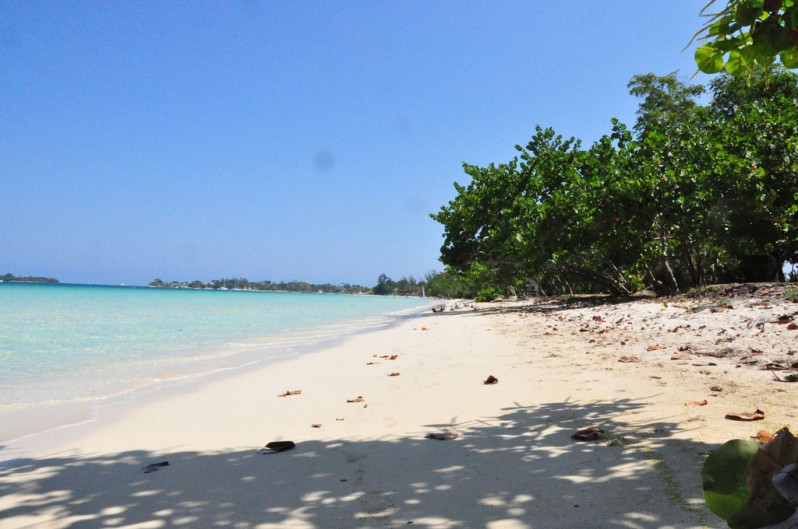
Several beaches on the western end of Jamaica could be totally wiped out in the next 5 to 10 years if local authorities and residents do not act now.
Sand Mining Database
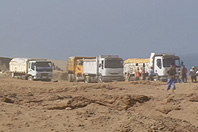
Coastal Care has an extensive list of Sand Mining resources.
Northern Manhattan Wetland Faced with Climate-Change-Induced Erosion is Reimagined – Inside Climate News
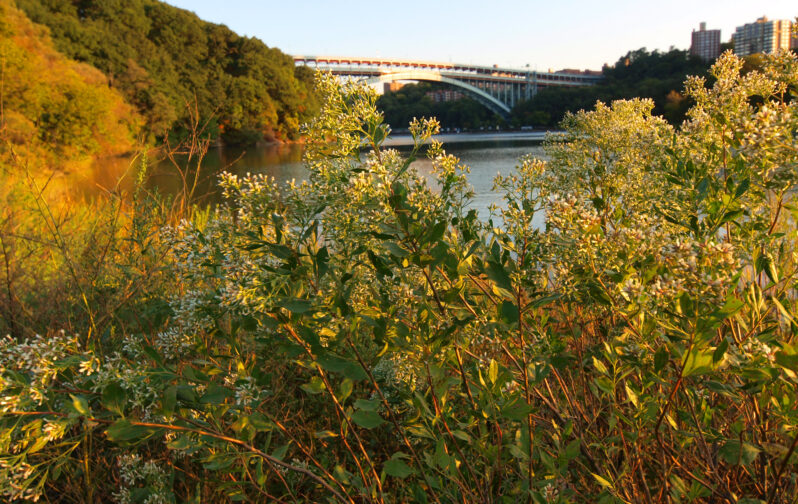
When the New York Restoration Project first started working in the late 1990s to clean the unnamed shoreline along the Harlem River in northern Manhattan, the intertidal mudflat and wetlands weren’t just a neglected area, but a former illegal dumping ground. How the cove, the largest wetland left in Manhattan, has become a bountiful greenspace where migrating birds, crabs, tadpoles and toads are all thriving, despite the existential threat posed by climate change in shoreline communities, is a story of robust community involvement and skillful coastline management…
Giant blobs of seaweed are hitting Florida. That’s when the real problem begins – NPR
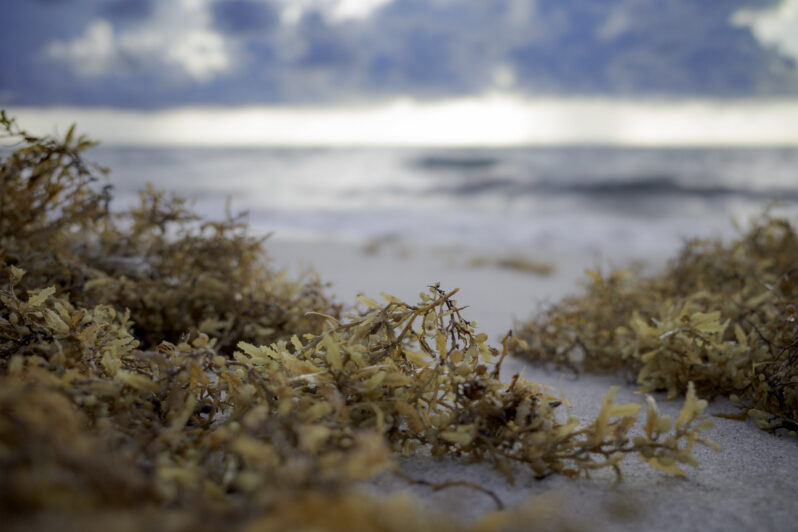
It used to be that the conversation around subtropical marine life centered on declines: the death of coral beds, the diminishing variety of seagrasses, the disappearance of fish. But for now, it’s an overabundance that’s hard to miss. From Montego to Miami, an influx of algae called sargassum is leaving stinky brown carpets over what was once prime tourist sand. It’s the most sargassum researchers have tracked this early in the year. Deciding what to do with it is proving more challenging the more we learn about it — and inspiring some entrepreneurs to rethink removing sargassum altogether…
Shh! These are the best secret beaches in the Caribbean

If you thought all beaches were created equal, think again. What the smaller out-of-the-way beaches may lack in amenities, they more than make up for with countless miles of buttery sand and surfer-ready waves.
An Unlikely Corner of New York

Nestled under the crook of Brooklyn, Jamaica Bay is a place as different from New York City as you can find.
